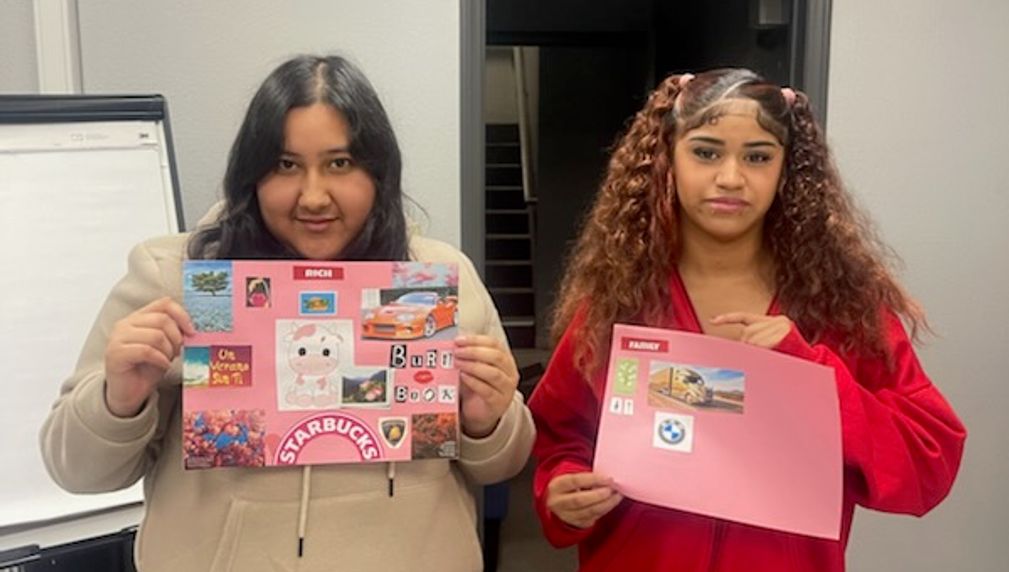AYC’s Antelope Valley Friday Night Club
Asian Youth Center provides the Youth Recreation Program, designed to offer a safe, structured, and supportive environment for low-income, at-risk middle and high school students. Our program—Friday Night Club—runs every week from 4:00 to 6:00 PM. FNC serves as a preventive initiative to reduce gang involvement and delinquency by providing a positive alternative to unsafe environments. With the expansion of programming to include additional community safety workshops, youth will gain the knowledge and skills to improve their futures.

What is the primary issue area that your application will impact?
Community safety
In which areas of Los Angeles will you be directly working?
Antelope Valley
In what stage of innovation is this project, program, or initiative?
Expand existing project, program, or initiative (expanding and continuing ongoing, successful work)
What is your understanding of the issue that you are seeking to address?
Antelope Valley, located within Los Angeles County’s Service Planning Area 1 (SPA 1) and part of Supervisorial District 5, includes several cities. For the purpose of this grant, "Antelope Valley" refers specifically to Lancaster, Palmdale, Lake Los Angeles, Littlerock, and Quartz Hill. According to city-data.com, Antelope Valley’s crime rate is 80% to 95% higher than the national average. This elevated rate of violence increases youth exposure to trauma, which correlates with school absenteeism and significant mental health challenges. Although Antelope Valley makes up 44% of Los Angeles County’s land area, it has limited recreational resources for youth. Last year, AYC served 2,192 unduplicated individuals in the Antelope Valley. AYC has worked for the last 20 years in the Antelope Valley area of LA County and have identified low-income Hispanic and African American community members as a high priority population for our services.
Describe the project, program, or initiative this grant will support to address the issue.
The Youth Recreation Program in the Antelope Valley features but is not limited to:
• Arts and crafts
• Language learning
• Financial literacy
• Emotional intelligence and mental wellness education
• Movie and game nights
• Cultural and educational field trips
To eliminate barriers to participation, Friday Night Club covers transportation costs (gas, Uber, Lyft), activity fees, and supplies for youth who meet federal poverty guidelines. Participants receive up to $150 monthly in transportation support based on their preferred travel method. However, many youth who wish to participate fall just outside the income eligibility limits and are currently excluded from these benefits.
Additionally, AYC partnered with a community-based organization to deliver a four-month series of community safety workshops through a mini-grant from the LA County Office of Violence Prevention. These included:
• Gun safety training
• Self-defense classes
• Bystander intervention education
AYC successfully met all deliverables, and community response underscored the need for continued and expanded programming.
Describe how Los Angeles County will be different if your work is successful.
The War on Drugs has exacerbated social, economic, and health disparities in the AV. Approximately 15.6% of the population lives below the poverty line, higher than the county average of 13.7%. The unemployment rate in the region is 7.8% as of 2023. The Antelope Valley has higher crime rates compared to other parts of LA County, particularly in areas such as property crime and violent crime; the violent crime rate is 25% higher than the county average. The region has a high rate of incarceration, with many residents having been involved in the criminal justice system. Many of the AV’s incarcerated population are or were previously involved in the juvenile justice and foster care systems and are at risk for homelessness, substance abuse, and further involvement in the criminal justice system. AYC's programs and services currently help at-risk youth with services that will help them succeed in school, at work, and in life and avoid involvement in the criminal justice system.
Approximately how many people will be impacted by this project, program, or initiative?
Direct Impact: 40
Indirect Impact: 160